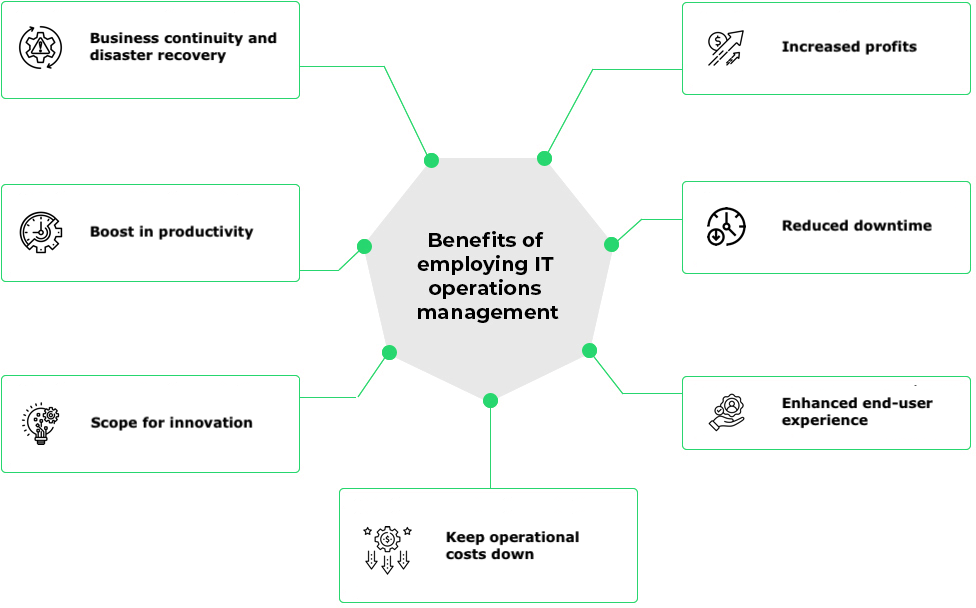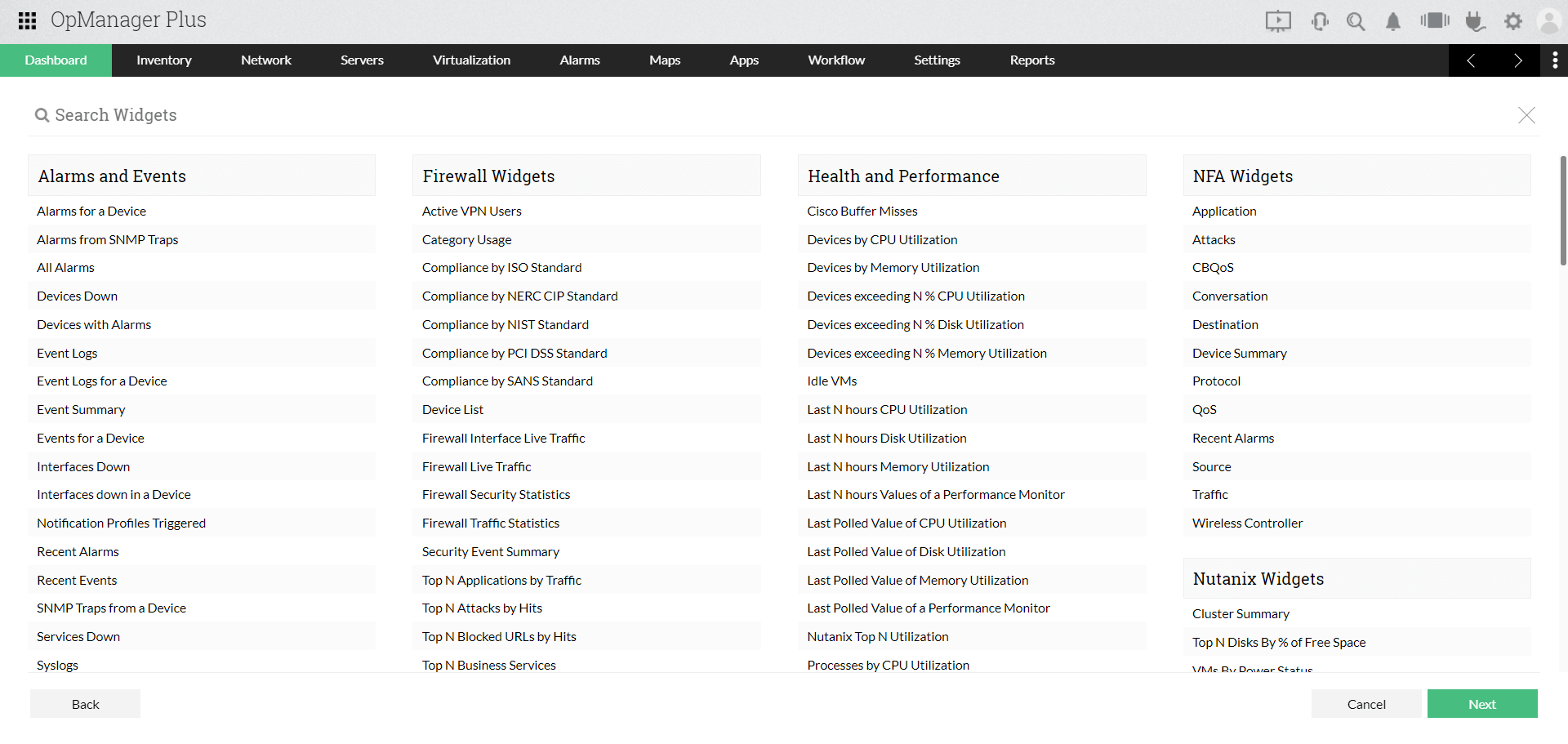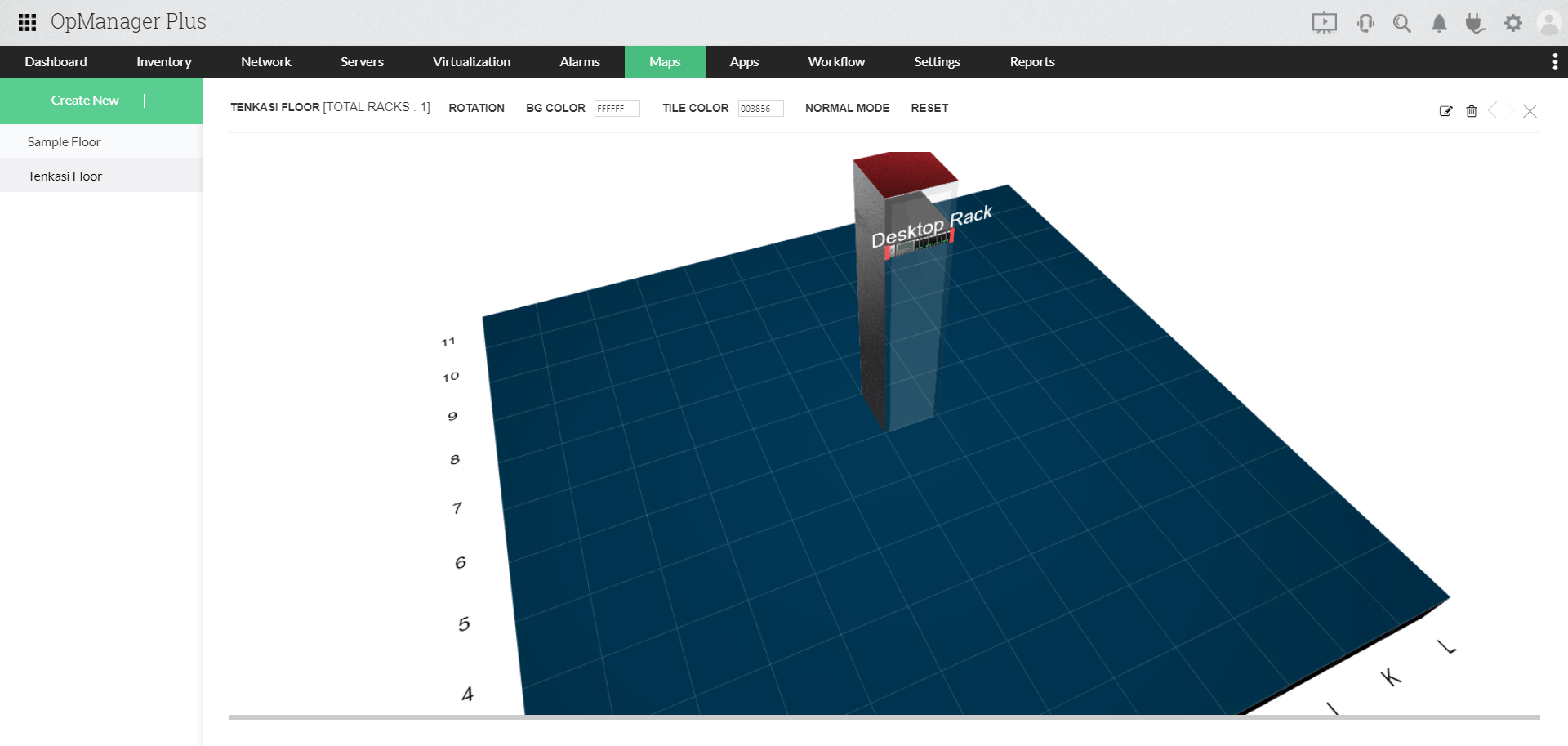What is IT operations management (ITOM)?
IT operations management (ITOM) can be defined as the process of supervising the various physical and virtual components of an IT infrastructure; ensuring their performance, health, and availability; and enabling them to work seamlessly with other components of your infrastructure. IT operations management (ITOM) also plays an active part of larger IT management models, including IT infrastructure management (ITIM), data center infrastructure management (DCIM), etc.
Businesses today, irrespective of their industry, are largely dependent on IT. Organizations' IT infrastructures need to be robust and agile. This can only be achieved by accurate and efficient management of IT operations that ensures these operations are performing at optimum levels.
ITSM vs ITOM: What's the Difference?
ITOM and ITSM share similarities and can even overlap. However, it is important to draw a distinction.
ITSM encapsulates the entire lifecycle of a service, from its initial conception to retirement. It includes planning & design, development & implementation, operations & support and continuous service improvement (csi). ITSM also encompasses change management, it asset management, incident management, service desk management among other processes.
ITOM is more focused on the daily operations, management processes and tools to maintain infrastructure components and applications. Essentially, ITOM functions with the objective of seamless management and service delivery of IT.
What are the various challenges in IT operations management(ITOM)?
Various factors stand as barriers between network admins and efficient IT operations management function. Some of such barriers include,
Device health and performance
Failing to monitor your device health and performance can lead to device downtime, amounting to major losses on a day-to-day basis. Customers today have high expectations; they expect devices to be available 24/7, meaning the method of fixing things when they break doesn't work anymore.
Monitoring device performance allows you to proactively identify device outages, which otherwise lead to an assortment of issues such as loss of productivity, unresponsive devices, expenses in terms of device maintenance, etc.
Network congestion
Most networks today require high-speed internet connections to efficiently operate the large number of devices present in them. If traffic moving through an infrastructure is not regulated, applications and infrastructure components will be left competing for bandwidth.
Unregulated bandwidth and traffic can lead to a barrage of issues and result in an unpleasant experience for the end user. This includes slow loading time, closed connections, loading interruptions, applications not responding, etc.
Faulty configuration changes
Configuration management focuses on ensuring consistency in product performance by identifying which components have been changed and why. In a multi-user environment, it's tedious and time-consuming to track configuration changes and the users that made them. Faulty configuration changes can cause failed implementation, loss of productivity, and ultimately unexpected outages.
Cyberattacks and threats
Cybercrime is on the rise, leading many companies to implement security measures to protect their data. Security threats such as DDoS attacks, unauthorized IP addresses accessing your network, and malicious users can cause millions of dollars in losses. These can be economic losses (money, financial information, loss of business/contract), reputation losses (loss of customers, sales, profits), or legal losses (failure to comply with security standards, leading to fines and regulatory sanctions).
Application performance issues
A top priority for businesses around the world is having a quality web application as well as ensuring it runs smooth and trouble free. Some common application performance issues are network connectivity, slow server response time, un-optimized bandwidth usage, traffic spikes, etc.
Limited Visibility
Network, infrastructure, security, applications and digital user experience are the pillars of a modern business' infrastructure. We have discussed the challenges specific to each component. These challenges culminate in a lack of deep, full stack visibility. Limited visibility is a legacy of traditional software systems and architectures, where information is spread across systems, software and personnel. This fragmentation leads to inefficient resource allocation, delayed response to operational and security incidents ultimately hampering both efficiency and user experience.
Key benefits of implementing an IT operations management solution for your business

Business continuity and disaster recovery: Effective disaster management helps avoid outages and ensures business continuity. By minimizing disruptions, organizations can stay clear of financial losses and reputational damage.
Boost in productivity: Solve issues and queries faster with the data gathered from monitoring infrastructure component performance. This frees up IT personnel to focus on more immediate and strategic initiatives.
Scope for innovation: Efficient IT operations management reduce errors and queries logged. This allows your IT team to dedicate more time to work on innovative endeavors and stay ahead of the curve.
Keeping operational costs down: Running an effective IT operations management solution will reduce expensive fixes and escalation - contributing to reduced operational costs and maximized return on your IT investment.
Enhanced end-user experience: Identify issues and provide smaller MTTR - resulting in better end-user experience. Improved user experience translates to service delivery excellence, customer delight and less customer churn.
Reduced downtime: Eliminate device downtime by identifying problems proactively and fixing them in advance.
Increased profits: Increased availability and consistent peak performance has a beneficial effect on ITSM operations leading to greater profits.
The tangible benefits of ITOM (IT Operations Management) has led to increased adoption of IT operations management software. ITOM has been gaining increasing popularity in the past decade. IT Operations Management (ITOM) Software Market Report predicts a valuation of $35, 377 million by 2031 growing at a CAGR of 4.4% during the forecast period. IDC's forecast of ITOM software market on the other hand, predicts a CAGR of 10.3% in the 2022-2027 period. This points to a continuous evolution of the ITOM software market, driven by digital transformation and modernization efforts.
Knowing how ITOM (IT Operations Management) works and why ITOM tool is important will greatly contribute to increasing your understanding of the benefits of ITOM. However, to boost infrastructure performance and derive maximum IT operations management (ITOM) efficiency, it is imperative that you choose the right ITOM tool for the job.
Unify IT operations, observe across the stack, and simplify your it operations management game
- Ditch multiple tools; consolidate all aspects of your infrastructure on a single pane of glass
- Synergize network operations between teams with advanced dashboards and NOC views
- Automate critical processes with powerful workflows
- Analyze deeply and make better decisions with over 200+ reports
Streamline your IT operations management with the power of observability in OpManager Plus
Apart from monitoring various types of ITOM (IT Operations Management) components, OpManager Plus also offers the following capabilities.
OpManager Plus, an integrated ITOM (IT Operations Management) solution, eliminates the need for multiple IT operations management tools and provides greater visibility across your infrastructure from a single unified console. Some of the features of this ITOM platform include:
Monitoring availability and health
As an IT infrastructure management tool, in addition to performance optimizing, OpManager Plus is also capable of monitoring the health of your hardware components such as servers, routers, and switches by monitoring critical metrics like power, temperature, and voltage to reduce issues caused by hardware errors.
Virtual monitoring prowess
OpManager Plus can be employed to monitor your virtual devices including VMware, Hyper-V, Nutanix, and Xen devices. With over 40 out-of-the-box performance monitors, you can ensure the efficiency of critical resources.
Traffic and bandwidth monitoring
OpManager Plus, an efficient ITOM tool helps you leverage flow technologies such as NetFlow, sFlow, JFlow, IPFIX, NetStream, and AppFlow to provide real-time visibility into bandwidth performance. Monitor wireless LAN controllers, and view detailed reports on SSIDs, APs, and QoS
Configuration and compliance management
OpManager Plus provides configuration and compliance management. It performs automatic backup and change management, and ensures the organization's internal policies are compliant with SOX, HIPAA, PCI DSS, and Cisco IOS standards out of the box.
Firewall and log management
Obtain insights into security threats from log reports, create log management rules, and optimize firewall performance. Perform security audits, and ensure your firewall stays compliant with PCI DSS, ISO 27001, NIST, NERC-CIP, and SANS mandates.
Lightning fast rule-based discovery
OpManager's unique rule-based discovery process helps you automatically configure monitors, and associate notification profiles to devices upon discovering devices if a preset rule is satisfied.
Discover all your IPv4 and IPv6 addresses by scanning the subnet, and monitor the status of all your ports using the switch port mapper. Detect rogue devices, and prevent them from accessing your network.
Robust storage management
Monitor storage devices such as RAID and the tape library, and leverage advanced forecast and capacity planning to effectively predict your organization's storage requirements.
Simplify IT operations management with OpManager Plus
OpManager Plus' host of versatile features make it an effective IT infrastructure monitoring and management tool. Its scalability features allows it to be swiftly employed by large organizations to tackle enterprise ITOM. Best practices of ITOM have been incorporated into the key features of this IT Infrastructure and Operations Management tool which are:
Advanced reports
Perform detailed analysis with over 200 out-of-the box reports, or create custom reports catering to your needs.

Dashboard and network operations center (NOC) view with custom widgets
Multiple ITOM processes such as network performance management, bandwidth management, network configuration management, firewall analysis, IP address management (IPAM), switch port mapping (SPM), and storage management can be observed from a single unified view using a mix of default and custom created widgets.

Data center infrastructure management with advanced visualization
Advanced visualization features such as the rack view and third-floor view allow you to recreate your data center and monitor it in real time.

Quick and easy-to-use fault management solution
OpManager Plus' notification profile allows color-coded alarms to be created according to their severity. You can choose to get notified of these alarms via SMS, email, chat, etc. OpManager Plus can be configured to trigger Workflows that are prepared in advance to automate critical processes.

OpManager Plus is at the forefront of ITOM as undergoes transformational changes in the form of observability. This solution provides the observability you need to understand your systems, identify and troubleshoot problems, and improve your overall IT performance. With our powerful observability solution, you can proactively identify bottlenecks, troubleshoot problems and run a flawless infrastructure operation. We're committed to providing the best observability solution on the market, and we're constantly innovating to stay ahead of the curve. Learn more about OpManager Plus.
Customer reviews
Case Studies - OpManager

